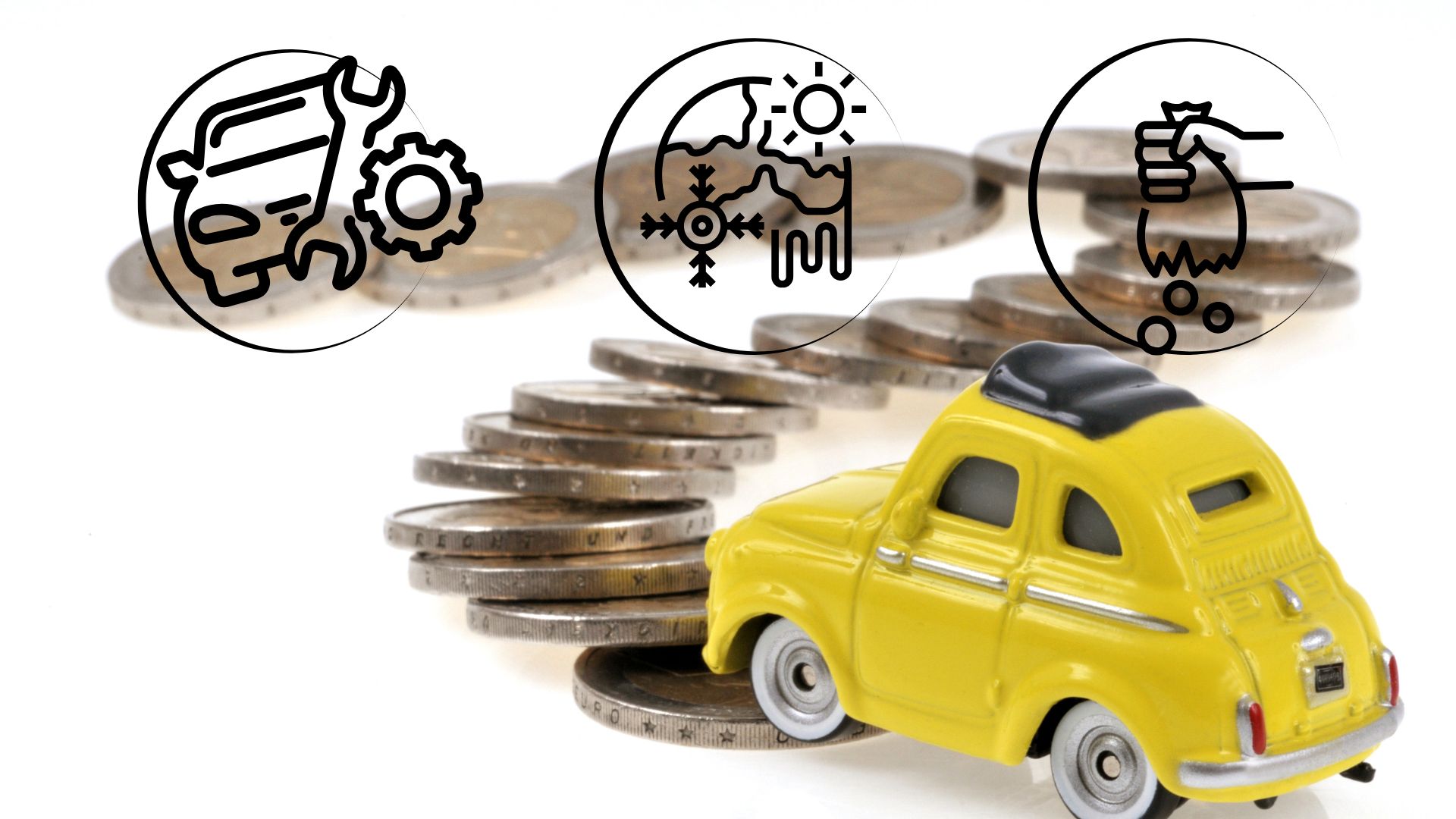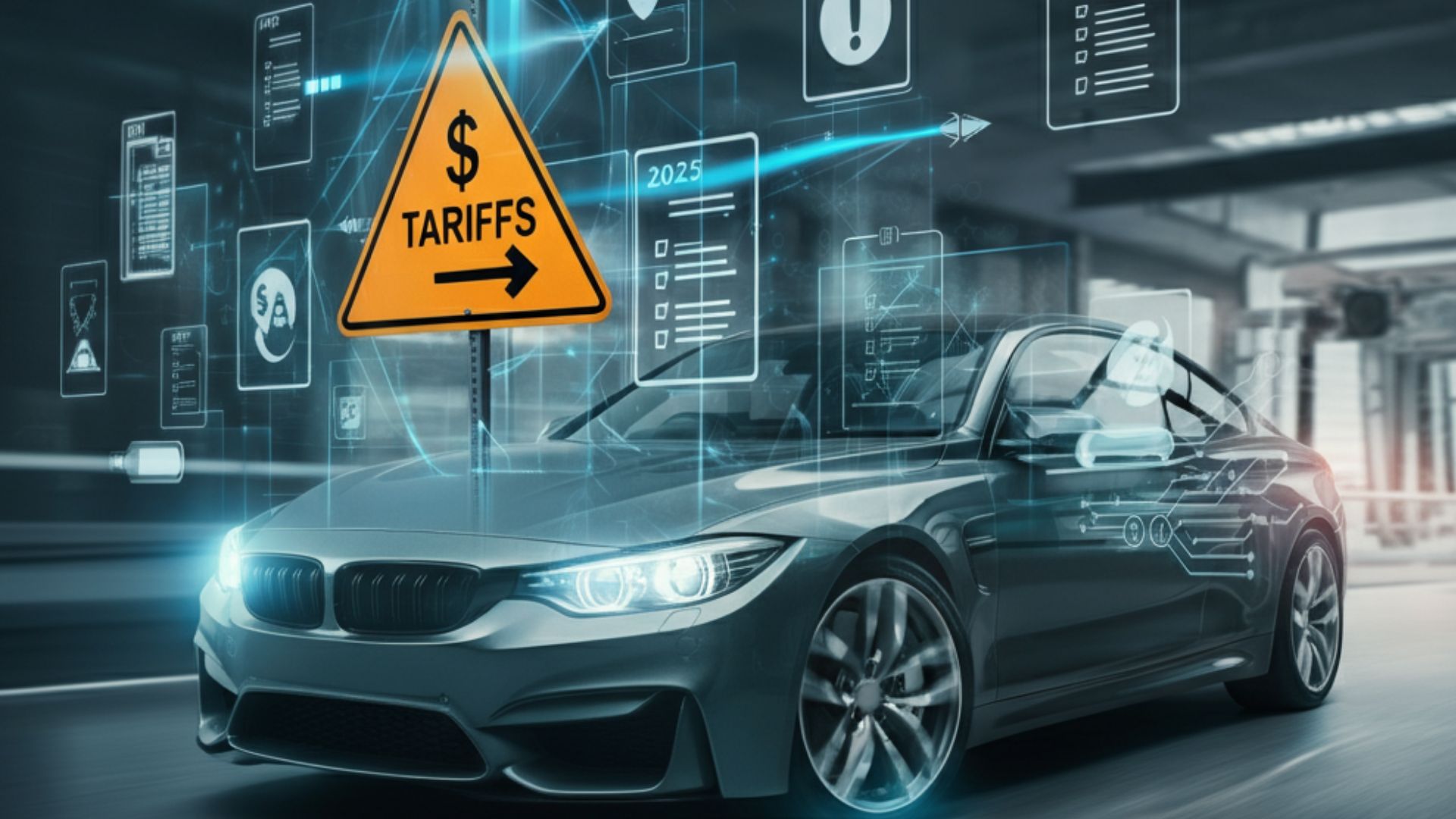Why Auto Insurance Costs Are Skyrocketing in 2025
Auto insurance prices in 2025 aren’t just creeping upward—they’re climbing rapidly, leaving many drivers feeling the financial pinch. According to the February 2025 Consumer Price Index (CPI), the motor vehicle insurance index jumped 2% in January alone. Over the past 12 months, insurance rates have risen nearly 12%, continuing a trend that began three years ago. For millions of drivers across the U.S., the cost of staying insured is becoming an increasingly significant burden.
With the average full-coverage premium now sitting at $2,313 annually—or over $3,000 in some states—many are wondering what’s behind these persistent hikes and how they can brace for the financial impact.
The Key Drivers of Rising Auto Insurance Rates
When it comes to understanding why premiums keep climbing, several culprits are in play.
1. Vehicle Repair Costs
The growing complexity of modern cars is one of the main reasons repairs are more expensive than ever. Electric vehicles (EVs), in particular, tend to come with steeper repair bills due to their specialized parts and software. Traditional gas-powered cars (Internal Combustion Engine or ICE vehicles) aren’t off the hook either—modern safety systems, sensors, and electronic components mean even minor collisions result in significant repair costs.
On top of that, supply chain issues from the past several years have only recently started to ease. High demand for parts coupled with labor shortages continues to put upward pressure on repair costs—a significant factor insurers consider when setting rates.
2. Climate Risks
Insurance companies are increasingly pricing climate-related risks into their premiums. Rising instances of hurricanes, wildfires, and extreme storms are leading to higher claims payouts. For instance, if you live in a climate hot spot like Florida or California, your rates are likely rising faster than those drivers in regions less prone to disasters.
3. Insurance Industry Losses
The insurance sector has also been dealing with large financial losses in recent years. Insurers faced a staggering $33.1 billion in underwriting losses in 2022, which resulted in a 24% spike in full-coverage premiums in 2023. While rates stabilized slightly in 2024, insurance providers remain cautious, pricing policies to hedge against inflation and future market unpredictability.
For drivers who were hoping for lower premiums this year, the outlook is disappointing. By the end of 2025, the average annual premium is projected to increase by another 5%, topping out at $2,435 nationwide.
How Tariffs Are Driving Up Car Insurance Rates
Tariffs on cars and automotive parts have emerged as another unexpected financial hurdle in 2025. New trade restrictions are making both vehicle production and repairs far more expensive, a shift that’s ultimately trickling down to you—the everyday driver.
The U.S. recently implemented tariffs on steel, aluminum, and imported semiconductors, driving up manufacturing costs for automakers. The ripple effect? Higher sticker prices for new vehicles and increased repair costs for damaged ones.
Currently, 40% of the parts used in cars sold in the U.S. come from Mexico and Canada. Additional tariffs on components from these regions have already raised repair costs by 7.4% year-over-year, according to the latest CPI report. And as repair costs go up, so do insurance premiums, since insurers base rates on the potential payout for claims.
New Car Prices Are Pushing Premiums Even Higher
Tariffs aren’t just affecting insurance rates; they’re also making new cars pricier than ever. The average cost of a new vehicle in early 2025 is edging close to $50,000, with industry experts predicting prices to surpass that milestone before the year ends.
If proposed 25% tariffs on Mexican and Canadian auto imports are enacted, new car prices could shoot up another $6,000, according to industry analysts. This could push the average new vehicle price to over $54,500—a 12% jump compared to last year.
For drivers, this means higher loan payments, registration fees, and yes, insurance premiums. Keep in mind, insurers base their rates on replacement costs. The more expensive the car, the more it’ll cost to insure.
Practical Steps Drivers Can Take
These rising costs can feel overwhelming, but there are ways you can regain some control.
-
Shop Around for Better Rates
Don’t settle for the first renewal offer from your current insurer. Take time to compare rates from different companies. Some may offer discounts for bundling policies or maintaining a clean driving record. -
Consider Usage-Based Insurance
Pay-per-mile insurance or telematics programs might save you money if you’re driving less these days. These plans often offer lower costs for low-mileage drivers or those with safe driving habits. -
Adjust Your Policy
While it’s wise to keep full-coverage insurance for newer cars, older vehicles with lower values might not need comprehensive or collision coverage. Evaluate your policy to make sure you’re only paying for what you need. -
Invest in Preventive Measures
Installing anti-theft systems or taking safe driving courses could help you qualify for additional discounts. Talk to your insurance agent to explore these options.
Moving Forward
It’s clear that auto insurance premiums, new car prices, and repair costs will continue rising in 2025 and beyond. For drivers across the U.S., this means taking a proactive approach to budgeting for car-related expenses and exploring ways to save.
While the challenges are significant, understanding the factors behind these increases puts you in a better position to adapt. Shopping smarter, staying informed, and seeking out cost-saving opportunities can help you stay ahead—even as the road gets more expensive to travel.


